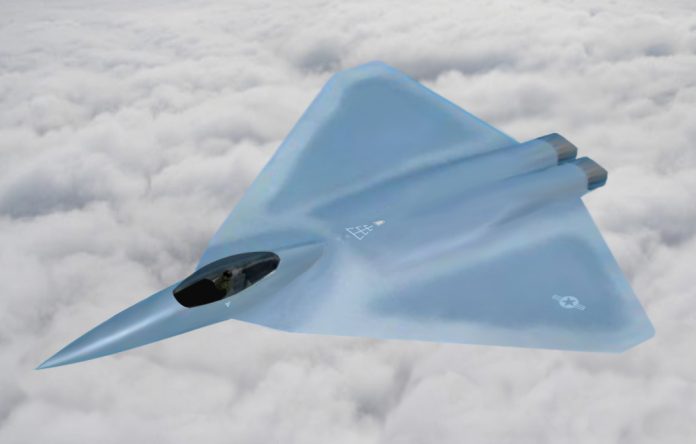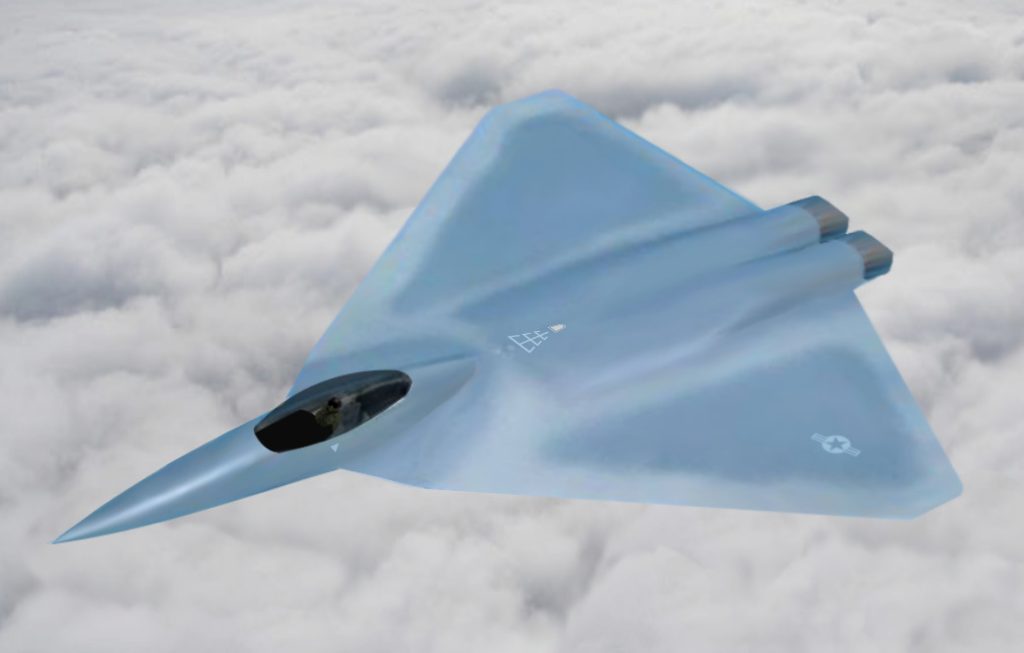
Discuss how the X-44 Manta design has influenced sixth-generation fighter aircraft and future United States air supremacy.

1. The Legacy of an Unflown Vision
There are aircraft that never fly but have made an impression. One such is the X-44 Manta, a design that transformed the U.S. stealth fighter design without ever even flying. The Manta was a 1999 joint project between NASA and Lockheed Martin aimed at redefining speed, stealth, and agility.
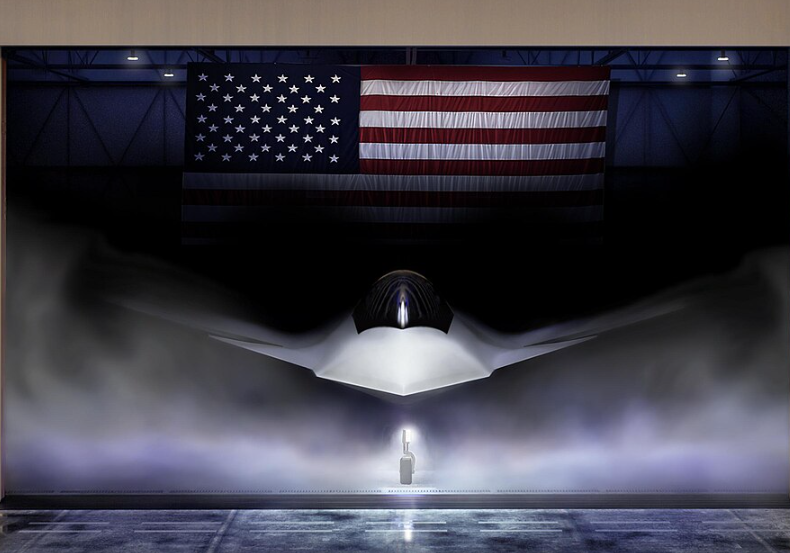
2. Multi-Axis No Tail Aircraft
The X-44 introduced a new delta-shaped airframe and did away with the traditional tail section, using thrust vector control to improve agility. The extreme “no-tail” design was aimed at minimising radar cross-section and increasing stealth, previewing technology that will be employed by sixth-generation air force jets.
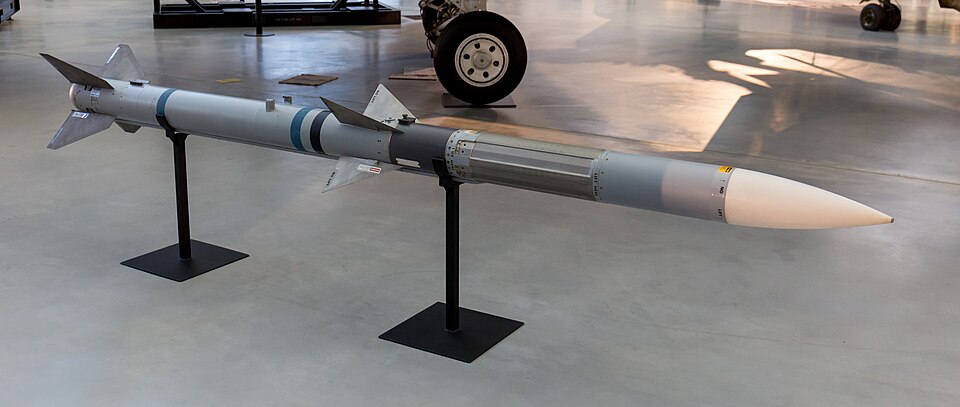
3. Projected Capabilities and Combat Power
Capable of operating at 1,500 mph and 49,000 feet, the X-44 would offer cutting-edge performance. Its internal weapons bay would be outfitted with Sidewinders, AMRAAMs, precision-guided bombs, and an internal 20mm cannon offering increased strike capability with less drag.
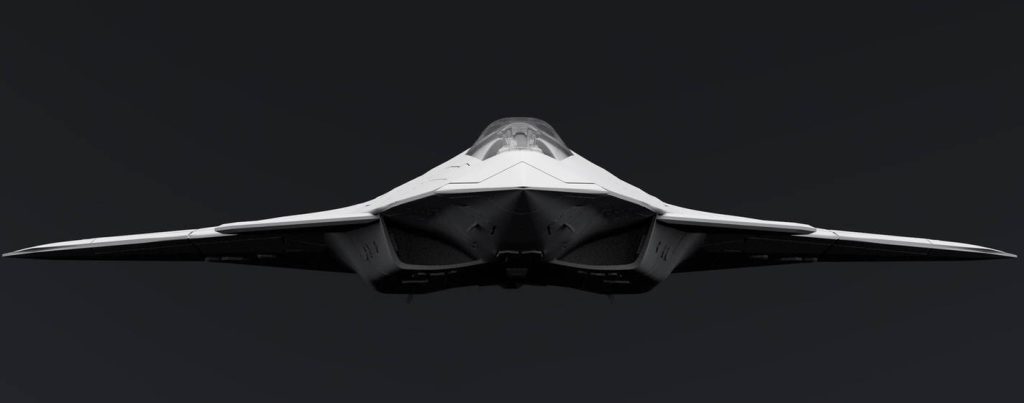
4. Effect on Current Programs: NGAD and F/A-XX
Although the X-44 didn’t progress past the concept design stage, ideas from it persisted into current programs such as the U.S. Air Force’s Next Generation Air Dominance NGAD fighter and the U.S. Navy’s F/A-XX.
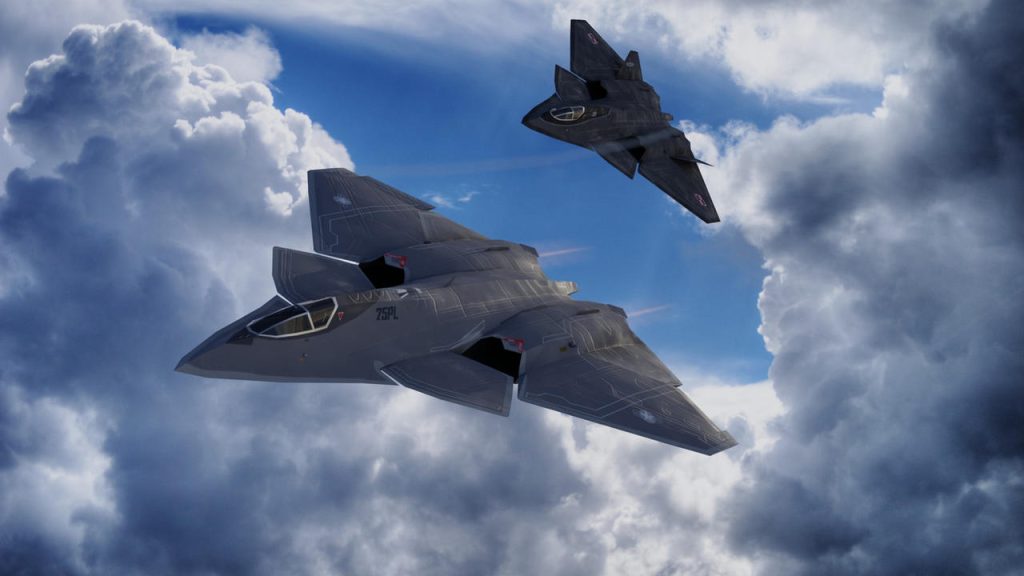
There are already reports of an experimental NGAD aircraft taking to the air, ushering in the age of sixth-generation air warfare.

5. Propulsion Breakthroughs: The Heart of the Future
Pratt & Whitney developed a next-generation adaptive propulsion engine to power the NGAD platform. The system offers maximum thrust and fuel efficiency, paving the way for rapid response and mission length. As Pratt & Whitney Military Engines President Jill Albertelli states, “Continued government funding for sixth-generation propulsion development must remain a high priority.”
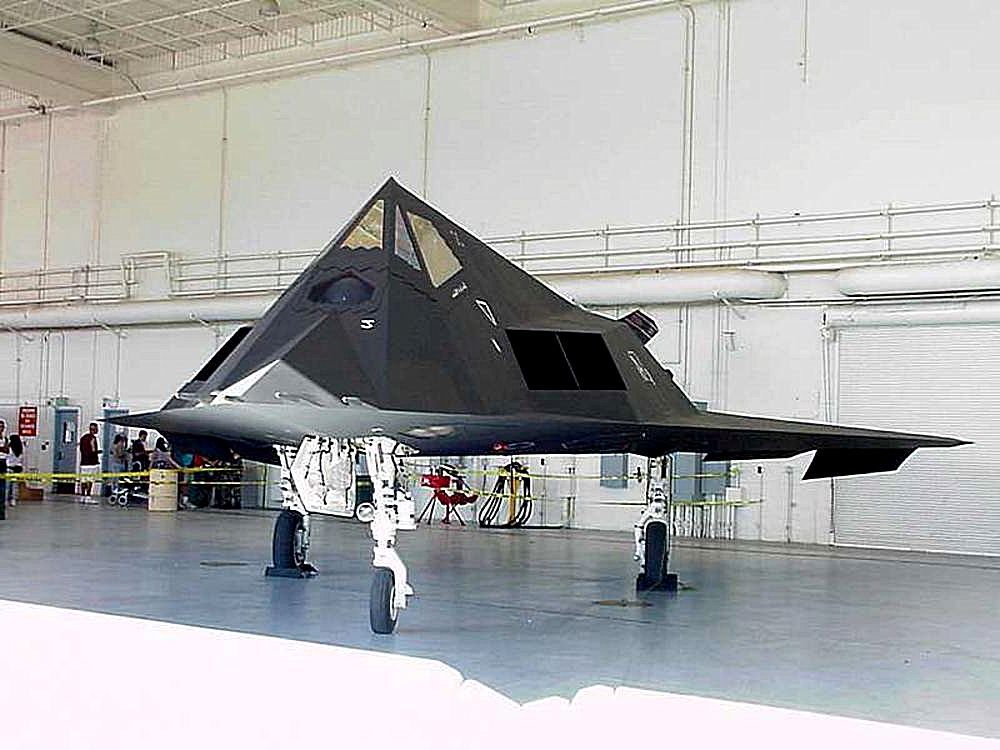
6. The System-of-Systems Advantage
NGAD would not be crewed but a “system-of-systems” comprising crewed and uncrewed systems. With open-architecture standards, it would deliver integrated, holistic solutions across domains, allowing for battlefield awareness and operational dominance.
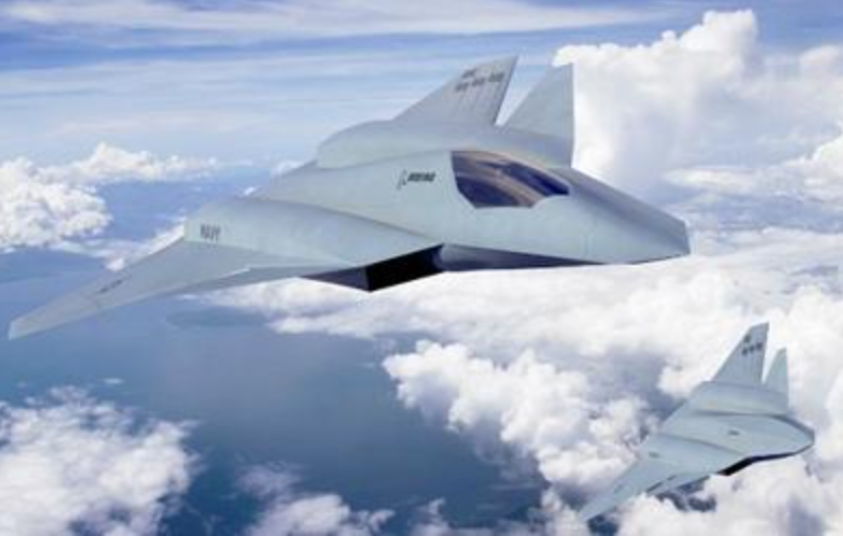
The X-44 Manta did not take to the air, but its legacy resides in the DNA of America’s future stealth fighters. From its tail-less configuration to its conceptual combat performance, it breathed life into the NGAD and F/A-XX programs commissioned to chart the course of the next generation of air superiority.
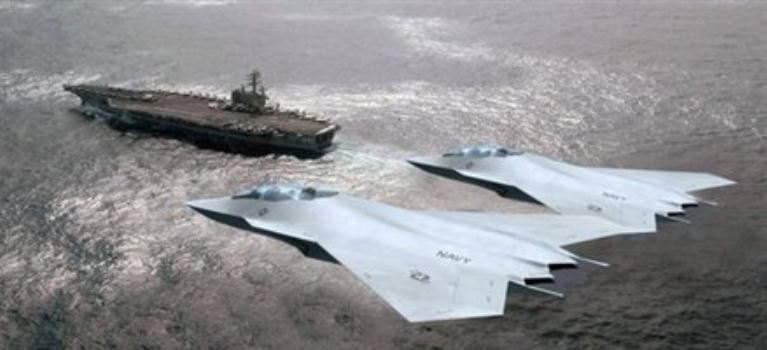
As sixth-generation technology starts to emerge, the Manta reminds us that cancelled projects can give rise to war-fighting foundations.
